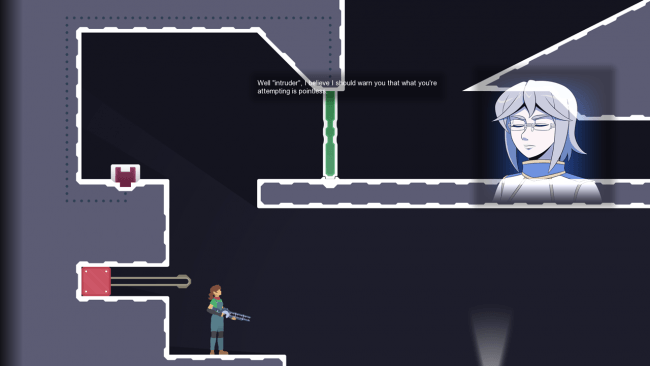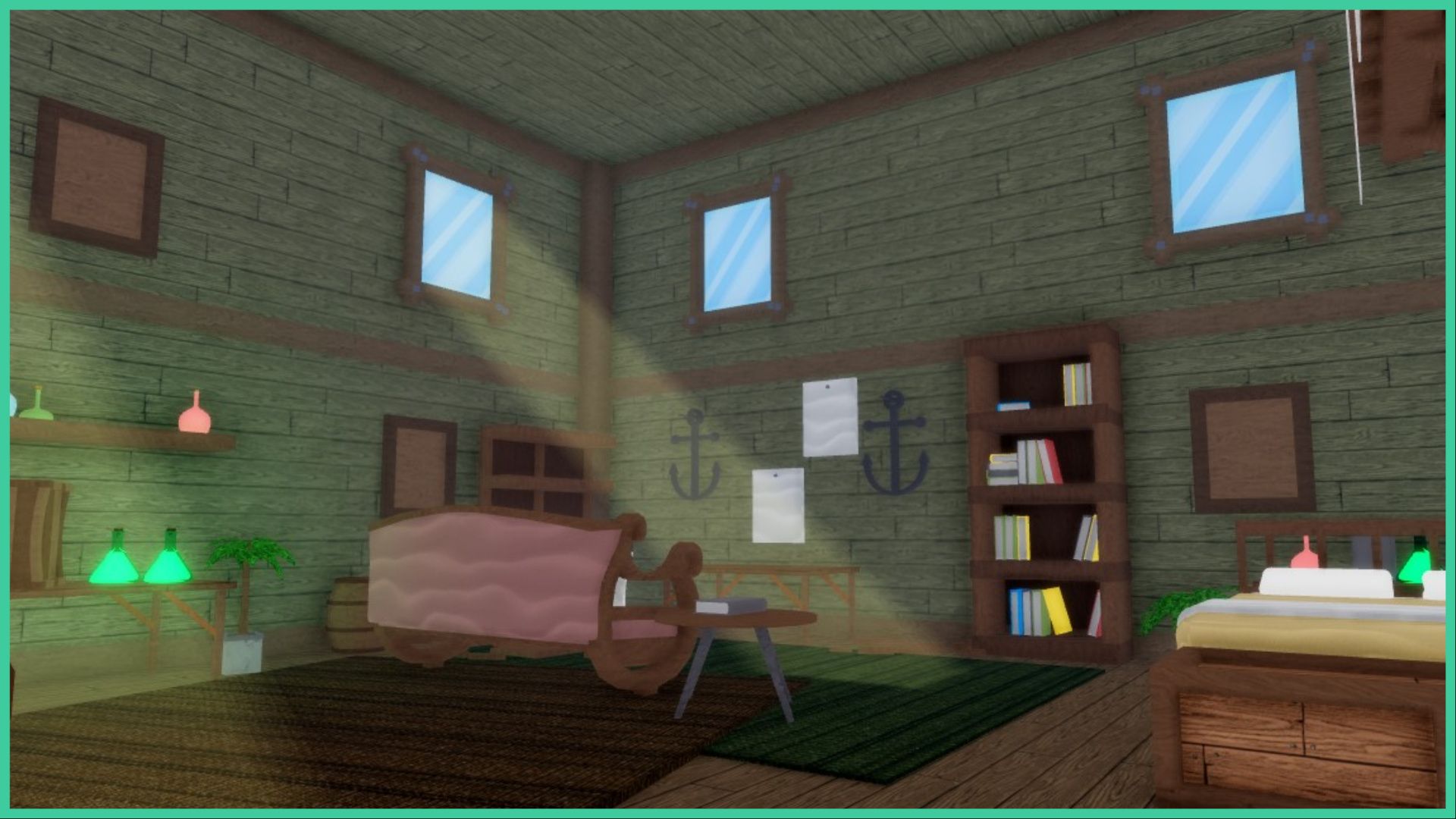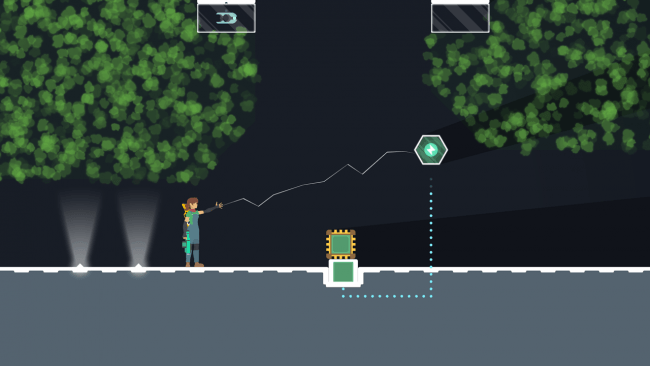- Wondering how to get Monopoly GO! free rolls? Well, you’ve come to the right place. In this guide, we provide you with a bunch of tips and tricks to get some free rolls for the hit new mobile game. We’ll …
All Grades in Type Soul – Each Race Explained
By Adele Wilson
Our All Grades in Type Soul guide lists every grade in the game for all races, including how to increase your grade quickly!Best Roblox Horror Games to Play Right Now – Updated Weekly
By Adele Wilson
Our Best Roblox Horror Games guide features the scariest and most creative experiences to play right now on the platform!All Legacy Piece Races and Buffs – Should You Reroll?
By Adele Wilson
Our Legacy Piece Races guide discusses the buffs that each race provides, their rarities, and if you should reroll or save your spins!
LogiGun Review
LogiGun will strike an immediate chord of familiarity with anyone who’s played Valve’s hit puzzle game Portal. You won’t be making any portals, but you will be equipped with guns that allow you to manipulate your environment as you move from one side of bizarrely dangerous rooms to the other, and there’s even a passive-aggressive female overseer shadowing your every move and encouraging you to just give up and go home. Fortunately, it shares one other characteristic with the Portal games: it’s pretty darn good.

This physics puzzler is brilliant, but brutal
LogiGun will strike an immediate chord of familiarity with anyone who’s played Valve’s hit puzzle game Portal. You won’t be making any portals, but you will be equipped with guns that allow you to manipulate your environment as you move from one side of bizarrely dangerous rooms to the other, and there’s even a passive-aggressive female overseer shadowing your every move and encouraging you to just give up and go home. Fortunately, it shares one other characteristic with the Portal games: it’s pretty darn good.
LogiGun is a physics-based puzzle platformer based on a freeware game by the same developer that he originally released all the way back in 2007. It contains 40 levels, each of which must be traversed as players work their way from the bottom of a great, mysterious tower to the top. No particular rhyme or reason is provided, although a bit of a mystery will begin to unfold not long after the game starts; it’s really just a matter of solving a sequential series of puzzles, because they’re there.
You can move left and right in the 2D environment, jump a good distance, and fall from any height. You’re also equipped with an electromagnetic beam gizmo (I don’t know if it’s actually electromagnetic or not, but it’s definitely a beam gizmo) that allows you to interact with the world around you. And in another apparent nod to Portal, there are cubes – squares, really, bearing in mind that this is a two-dimensional game – that can be picked up, carried and used to trigger switches or even as a grappling-gun platform.
And yes, there is a grappling gun that allows you to swing from certain surfaces, as well as a “platform gun” that creates – you guessed it – platforms, up to two at a time, upon which you can stand stand, set things or jump from. Later on, you’ll run into a crossbow that shoots arcing arrows, and a tractor beam-type thing that lets you push and pull objects from a distance. You’ll only have to deal with these implements of puzzle-solving individually at first, but inevitably the moment will come when they’ll all have to be used together if you want to continue on your journey to freedom.
It doesn’t take long before things get very tricky indeed, as the game complicates your situation with different kind of force fields, concentrated gas clouds, remote controlled doors and other such irritants designed specifically to drive you crazy. Some force fields will allow you to pass but not the cube you’re carrying, while others pass cubes perfectly well but will halt you dead in your tracks. Some cubes can be grappled and pulled to you, while others will pull you to them, and for reasons of “safety,” platforms can only be created when you’re standing on solid ground – which is to say, not when you’re standing on another platform.
Despite its 2D styling and fairly utilitarian graphics, LogiGun is actually a decent-looking game, with some solid lighting and shadow effects that add a nice ambiance to the action. The soundtrack, a subtle mix of electronica with occasional spams of acoustics created by Lavontae Lewis, is fantastic too: very listenable, yet gentle and soothing enough to help keep blood pressures down during the really maddening moments (of which there will be many).
It’s not perfect. The learning curve is viciously steep, the hints are vague and some levels actually don’t offer hints at all. Like the one I’m currently stuck on, for instance, at an embarrassingly early point in the game. And that’s the biggest problem with LogiGun: it’s hard and it’s merciless. There’s no option to skip a puzzle and come back to it later, so if you happen to run into one you can’t figure out and there are no hints available, you’re done until some clever soul figures it out and posts a run-through on YouTube. It’s quite possible that I’m just terrible at puzzle games – okay, it’s not “possible,” it’s pretty much fact – but even so, I’m surprised that there’s not at least a little more accommodation for gamers like me.
It’s frustrating, incredibly so at times, but it’s also devilishly clever and very well-presented – and finally coming up with the solution to a level that’s had you stumped for 20 minutes feels awfully good, too. As a hard-as-nails puzzle game that doesn’t care whether you win or lose, LogiGun succeeds brilliantly. If that’s what you’re after, then this is definitely your game.

The good

The bad
More articles...
Monopoly GO! Free Rolls – Links For Free Dice
By Glen Fox
Wondering how to get Monopoly GO! free rolls? Well, you’ve come to the right place. In this guide, we provide you with a bunch of tips and tricks to get some free rolls for the hit new mobile game. We’ll …All Grades in Type Soul – Each Race Explained
By Adele Wilson
Our All Grades in Type Soul guide lists every grade in the game for all races, including how to increase your grade quickly!Best Roblox Horror Games to Play Right Now – Updated Weekly
By Adele Wilson
Our Best Roblox Horror Games guide features the scariest and most creative experiences to play right now on the platform!All Legacy Piece Races and Buffs – Should You Reroll?
By Adele Wilson
Our Legacy Piece Races guide discusses the buffs that each race provides, their rarities, and if you should reroll or save your spins!








 “
“